Previous Day - Next Day

“Deep in the human unconscious is a pervasive need for a logical universe that makes sense. But the real universe is always one step beyond logic.”
~ Frank Herbert
Wikiquote (Frank Herbert (October 8, 1920 – February 11, 1986) was an American science-fiction writer, most famous for his Dune novels.)
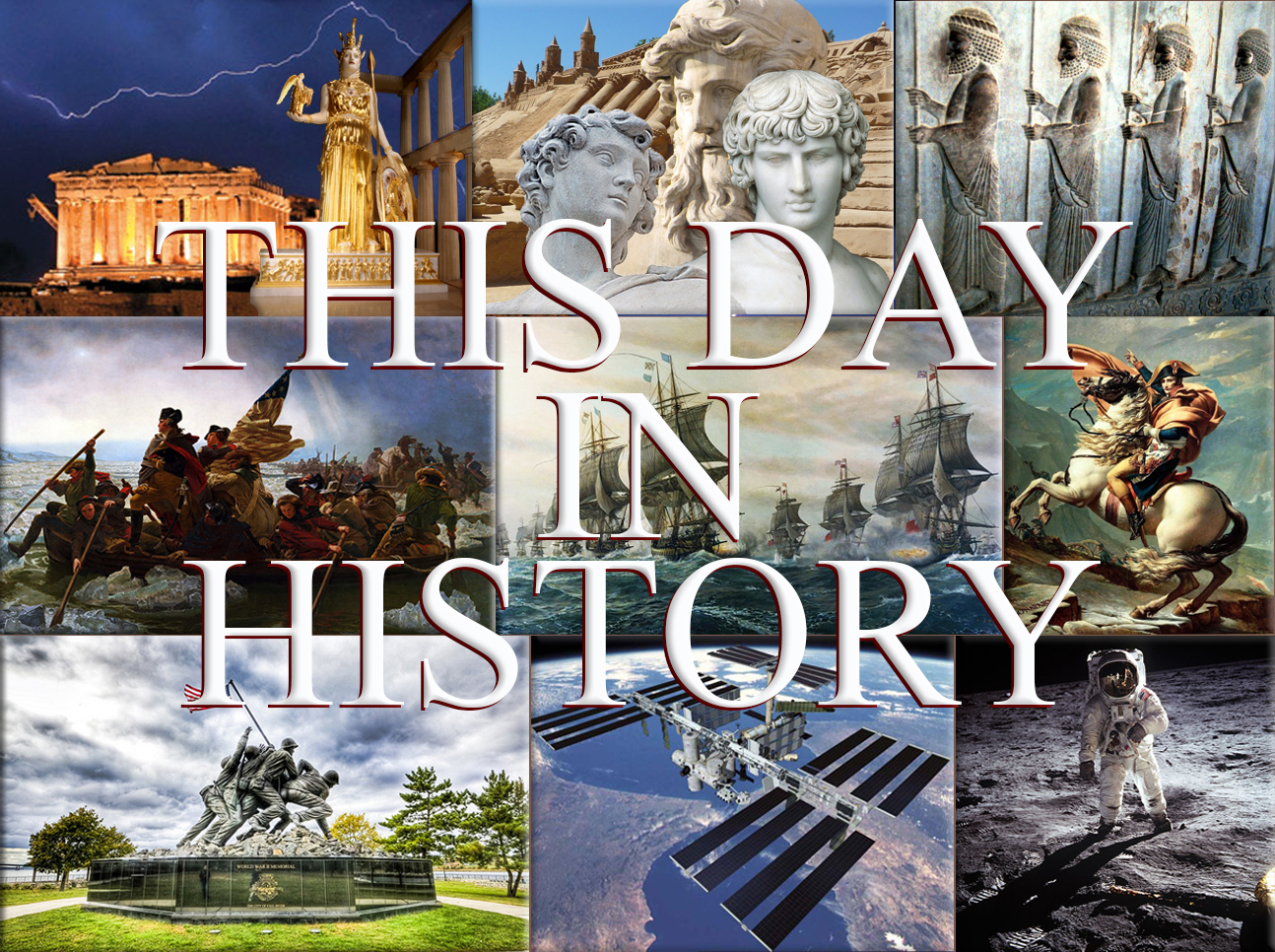
January 19th, 379
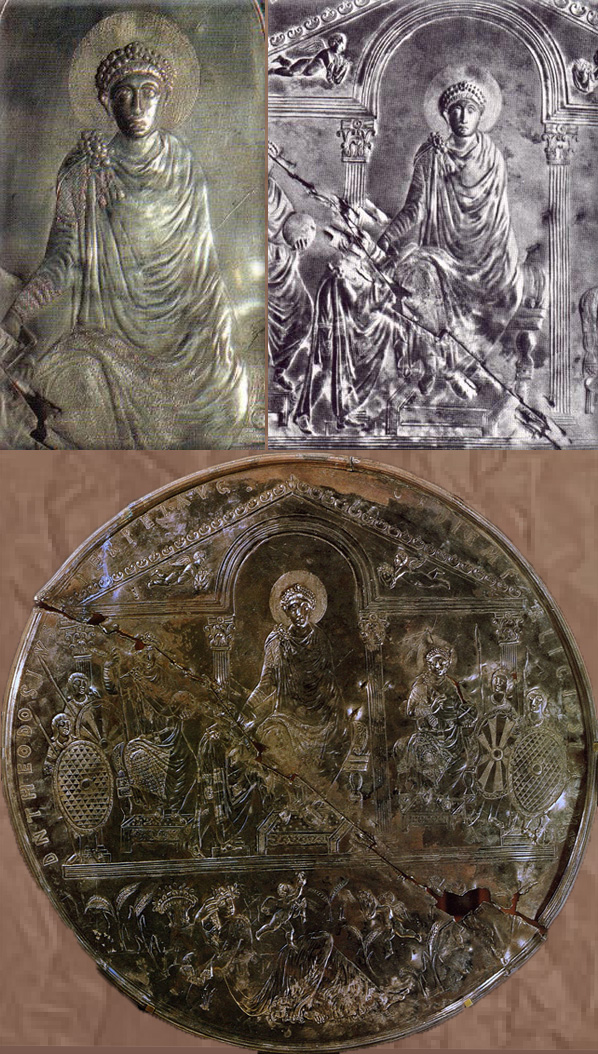
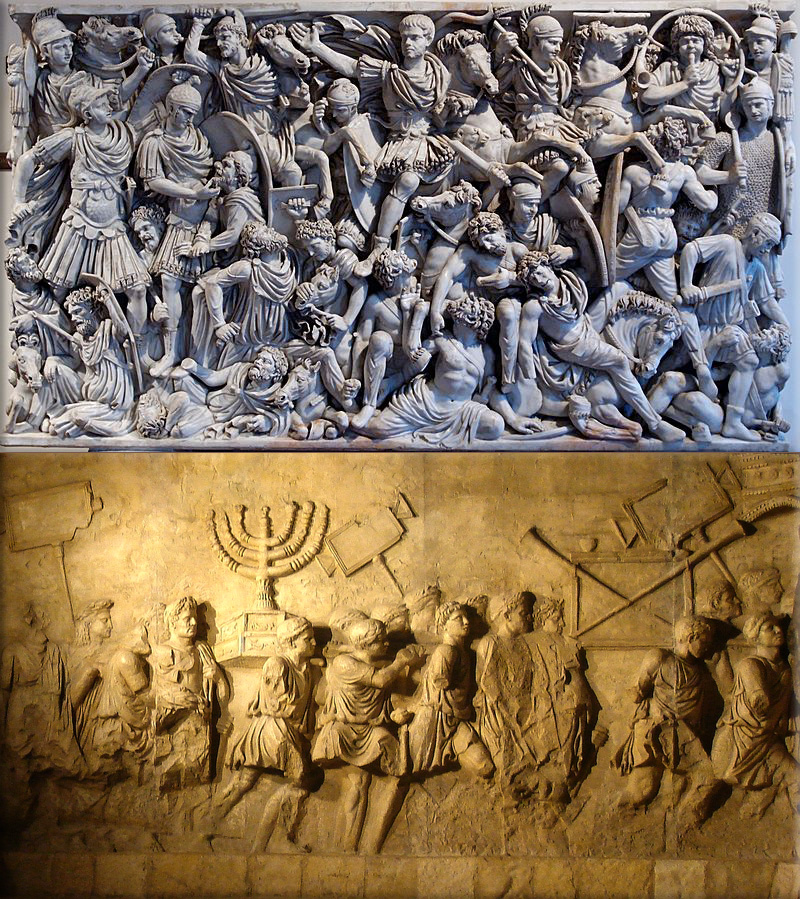
Roman Empire:
379 - Emperor Gratian elevates Flavius Theodosius at Sirmium to Augustus, and gives him power over all the eastern provinces of the Roman Empire.
Wikipedia Image: Theodosius I 67th Emperor of the Roman Empire; Missorium of Theodosius I, flanked by Valentinian II and Arcadius, 388.
Relief from a 3rd-century sarcophagus depicting a battle between Romans and Germanic warriors; the central figure is perhaps the emperor Hostilian / Depiction of the Menorah on the Arch of Titus in Rome.
January 19th, 1419

Hundred Years' War:
1419 - Rouen surrenders to Henry V of England, completing his reconquest of Normandy.
Wikipedia Painting: "Morning of the Battle of Agincourt, 25th October 1415", painted by Sir John Gilbert; Joan of Arc's Death at the Stake, by Hermann Stilke (1843); King Henry V at the Battle of Agincourt, 1415, by Sir John Gilbert; Joan of Arc enters Orléans (painting by J.J. Sherer, 1887); Joan interrogated in her prison cell by Cardinal Winchester. By Hippolyte Delaroche, 1824, Musée des Beaux-Arts, Rouen, France.
January 19th, 1661

English Civil War:
1661 - Thomas Venner is hanged, drawn and quartered in London.
Wikipedia Painting: English Civil War (1642–1651) was a series of armed conflicts and political machinations between Parliamentarians (Roundheads) and Royalists (Cavaliers);
John Milton publishes Areopagitica;
Battle of Naseby, victory of the Parliamentarian New Model Army;
Battle of Marston Moor, 1644;
"Cromwell at Dunbar", by Andrew Carrick Gow; Oliver Cromwell; King Charles I, painted by Van Dyck;
"And when did you last see your father?" by William Frederick Yeames.
January 19th, 1788
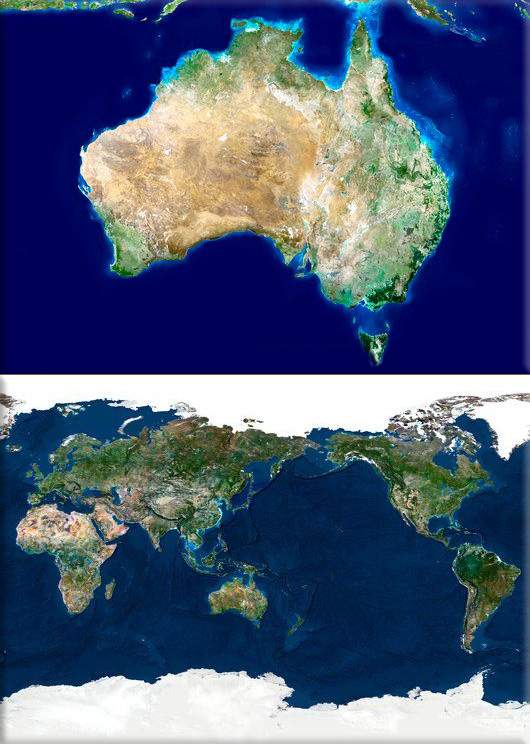
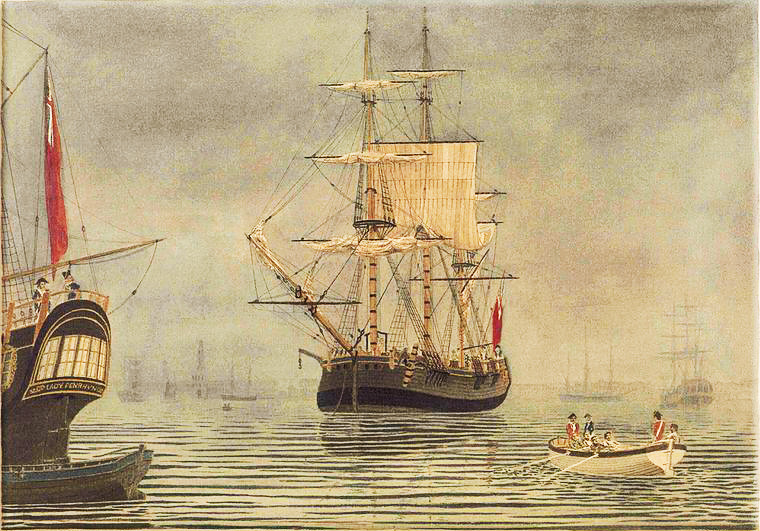
The second group of ships of the First Fleet carrying convicts from England to Australia arrives at Botany Bay.
Wikipedia Image: Austrlian satellite; Whole Earth, satellite image, credit Science Photo Library.
Painting: The First Fleet is the name given to the eleven ships that sailed from Great Britain on 13 May 1787
January 19th, 1795
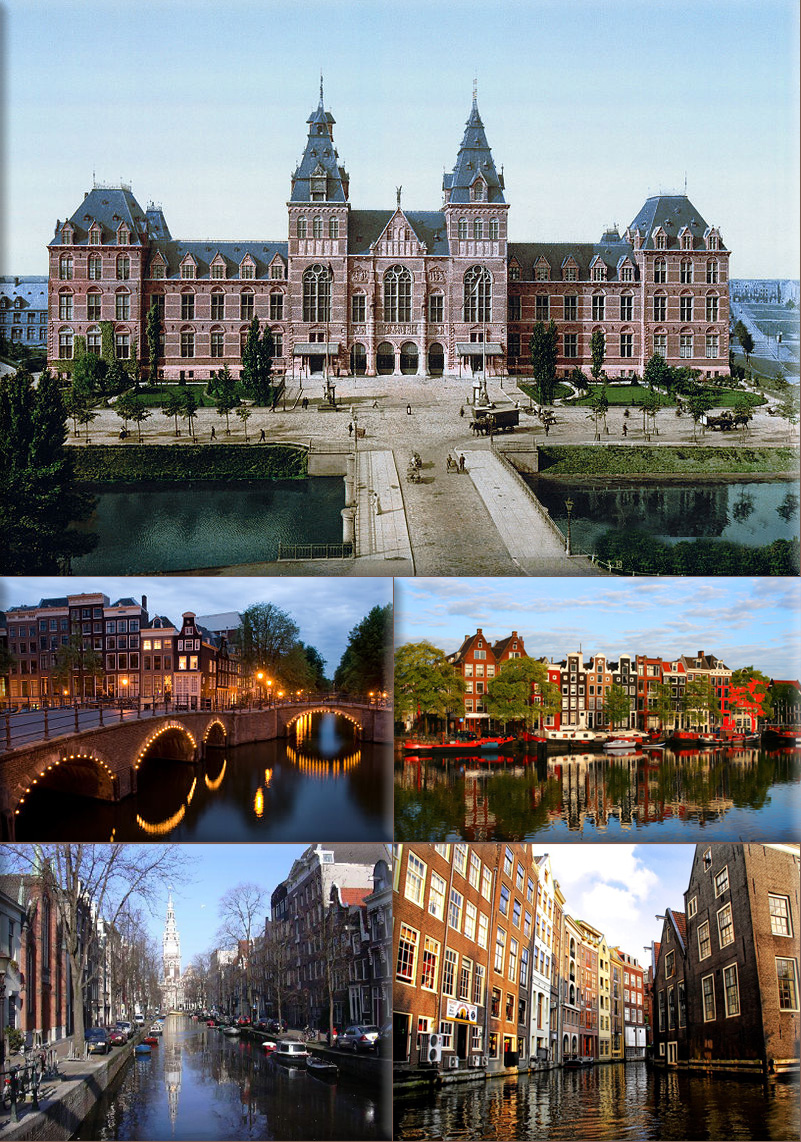
The Batavian Republic is proclaimed in the Netherlands bringing to an end the Republic of the Seven United Netherlands.
Wikipedia Image: Front of the Rijksmuseum, 1895; Canals of Amsterdam.
January 19th, 1806

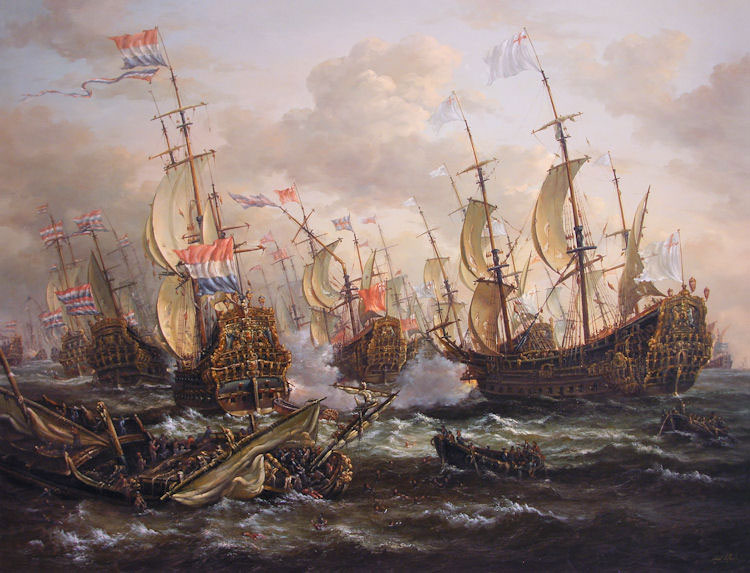
French Revolutionary Wars / Napoleonic Wars:
1806 - The United Kingdom occupies the Cape of Good Hope.
1812 - Peninsular War; After a ten day siege, Arthur Wellesley, 1st Duke of Wellington, orders British soldiers of the Light and third divisions to storm Ciudad Rodrigo.
Wikipedia Painting: Battle of Trafalgar: The British HMS Sandwich fires to the French flagship Bucentaure (completely dismasted) in the battle of Trafalgar;
Napoleon in Berlin (Meynier). After defeating Prussian forces at Jena, the French Army entered Berlin on 27 October 1806;
Battle of the Bridge of Arcole Napoleon Bonaparte leading his troops over the bridge of Arcole, by Horace Vernet;
Napoleon as King of Italy (Appiani);
Napoleon Crossing the Alps (David). In 1800 Bonaparte took the French Army across the Alps, eventually defeating the Austrians at Marengo;
Charge of the Russian Imperial Guard cavalry against French cuirassiers at the Battle of Friedland, 14 June 1807;
Battle of Borodino as depicted by Louis Lejeune. The battle was the largest and bloodiest single-day action of the Napoleonic Wars;
Napoleon's withdrawal from Russia, a painting by Adolph Northen;
Wellington at Waterloo by Robert Alexander Hillingford;
Napoleon is often represented in his green colonel uniform of the Chasseur à Cheval, with a large bicorne and a hand-in-waistcoat gesture.
Battle of the Nile (Battle of Aboukir Bay).
January 19th, 1817

1817 - An army of 5,423 soldiers, led by General José de San Martín crosses the Andes from Argentina to liberate Chile and then Peru.
Wikipedia Photo: The very nature of Chile's topography made it one of the toughest parts of South America for the Spanish to conquer (Torres del Paine National Park (Spanish: Parque Nacional Torres del Paine) is a national park encompassing mountains, a glacier, a lake, and river-rich areas in southern Chilean Patagonia); Lautaro; The Mapuche were the original inhabitants of central and southern Chile; Chilean and Argentinean troops going to the Battle of Chacabuco (February 12, 1817) led by José de San Martín.
January 19th, 1840
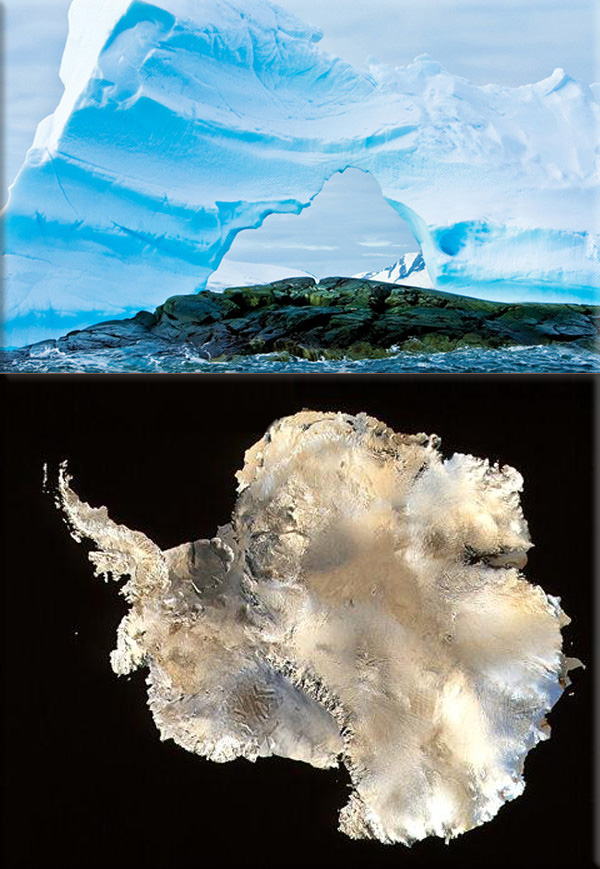
Antarctica:
1840 - Captain Charles Wilkes circumnavigates Antarctica, claiming what became known as Wilkes Land for the United States.
Wikipedia Photo: Antarctica (8/30/2012), credit National Geographic; Infrared satellite image of Antarctica, credit © Visual Photos.
January 19th, 1861
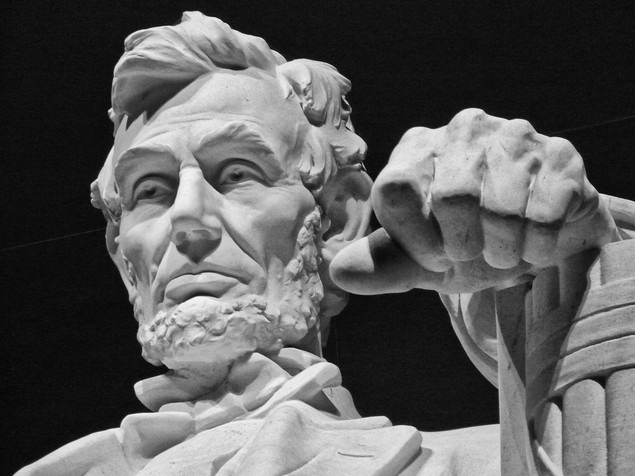
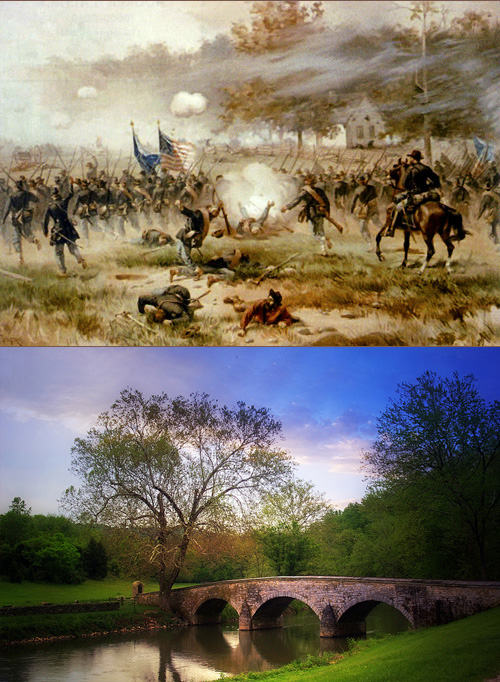
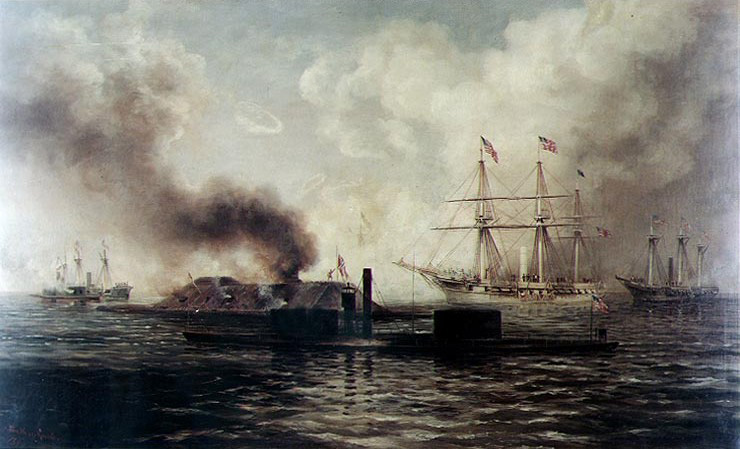
American Civil War:
1861 - Georgia joins South Carolina, Florida, Mississippi and Alabama in seceding from the Union.
1862 - Battle of Mill Springs the Confederacy suffers its first significant defeat in the conflict.
Wikipedia Image: ● Lincoln Memorial; an American national monument built to honor the 16th President of the United States, Abraham Lincoln - located on the National Mall in Washington, D.C. across from the Washington Monument.
● The northern army led by George McClellan and the southern army led by Robert E. Lee met at Antietam Creek, Maryland in September, 1862. It was a bloody battle where 13,000 Confederates and 12,000 Union troops died in just one day. McClellan had hesitated to attack before the battle thus letting the southern troops regroup. Also, he had saved reserves and refused to use them at the end of the battle thinking that Lee was holding reserves for a counterattack, even though those reserves didn't exist. The Union victory stopped Lee's northward advance and was a turning point in the war.
● Battle of Antietam / Stone Bridge at Antietam Battlefield - Sharpsburg, Maryland
● Battle of Mobile Bay (1890) by Xanthus Russell Smith.
● Although photography was still in its infancy, war correspondents produced thousands of images, bringing the harsh realities of the frontlines to those on the home front in a new and visceral way. The Atlantic.
January 19th, 1871
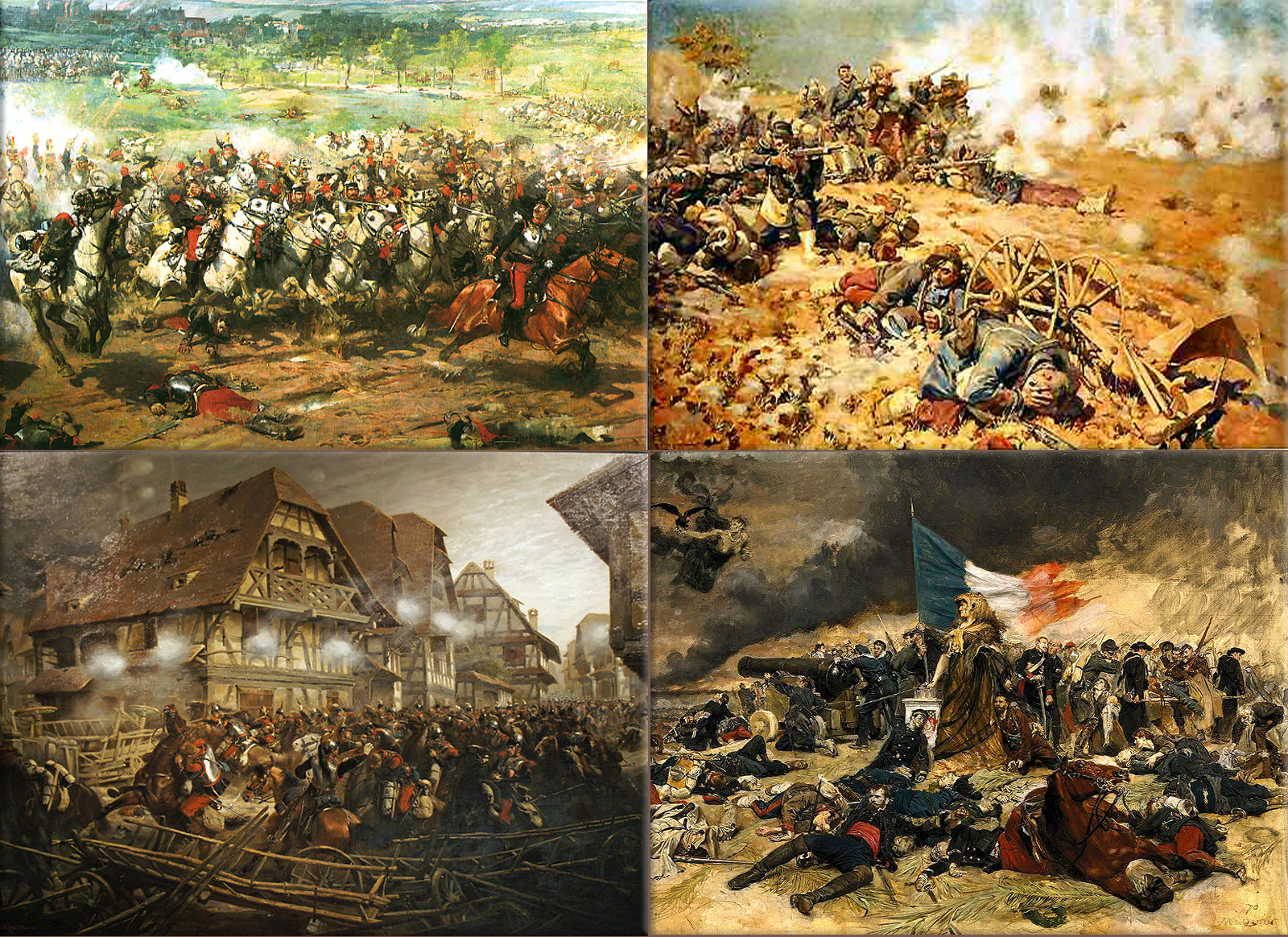
Franco-Prussian War:
1871 - Siege of Paris; Prussia wins the Battle of Saint Quentin.
Concurrently, at the Battle of Buzenval; the French attempt to break the siege in the Battle of Buzenval will end unsuccessfully the following day.
Wikipedia Painting: Prussian infantry at the battle of Spicheren; Jeanniot's La ligne de feu (1886), depicting the Battle of Mars-La-Tour; Werner's depiction of the capitulation of Sedan; Neuville's "Last bullets" depicting the Battle of Bazeilles.
January 19th, 1883
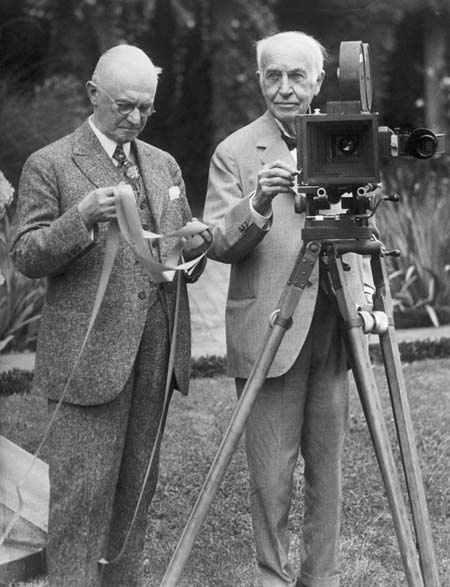
The first electric lighting system employing overhead wires, built by Thomas Edison, begins service at Roselle, New Jersey.
Wikipedia Photo: Thomas Edison (right) demonstrating the kinetograph (motion picture camera), with the assistance of George Eastman, who helped develop the film used in the early motion picture machines.
January 19th, 1899
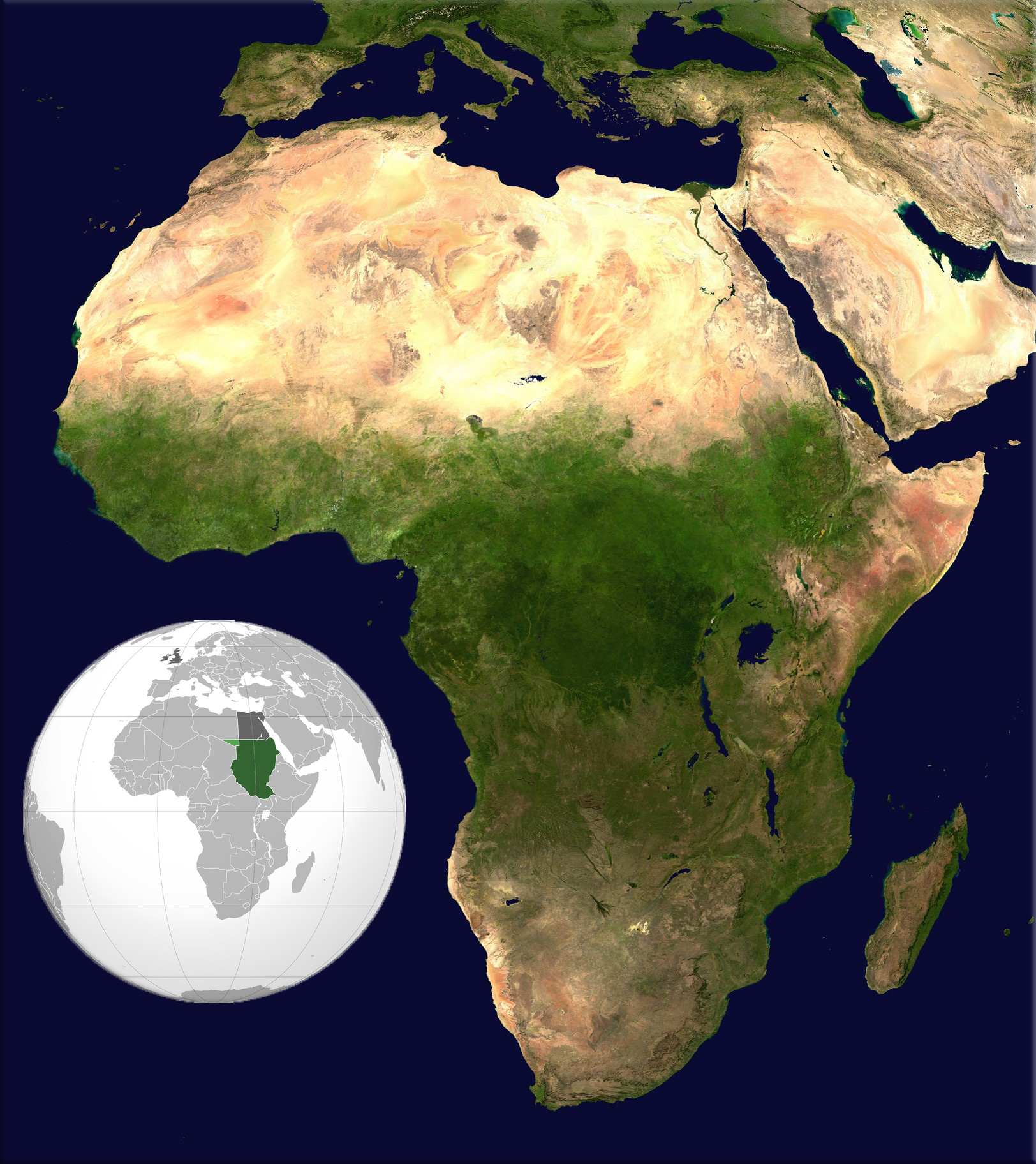
Anglo-Egyptian Sudan is formed.
Wikipedia Image: Africa satellite orthographic; Anglo-Egyptian Sudan (Green: Anglo-Egyptian Sudan, Light green: Ceded to Italian Libya in 1919, Dark grey: Egypt and the United Kingdom).
January 19th, 1915
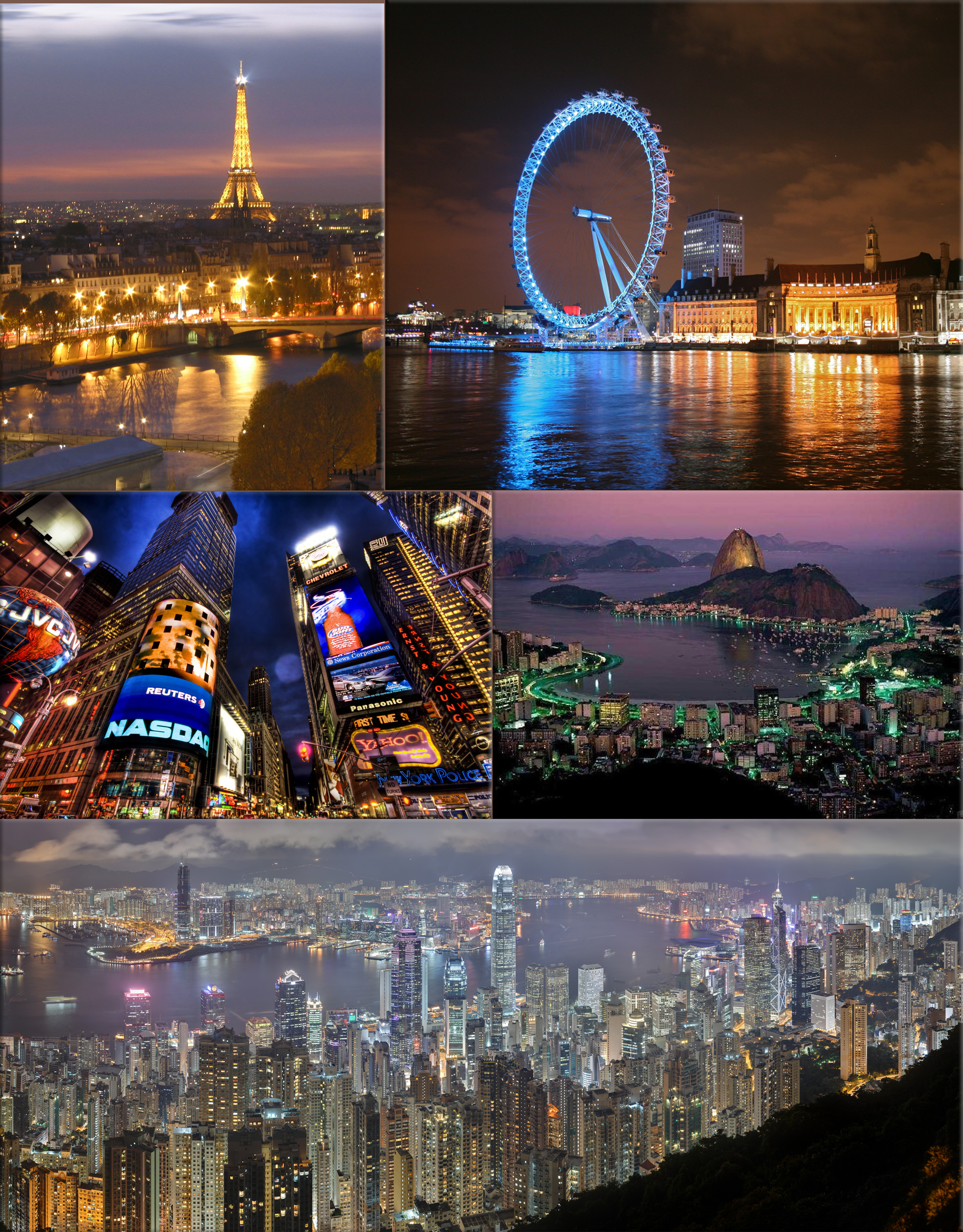
Georges Claude patents the neon discharge tube for use in advertising.
Wikipedia.org Image: Paris, France; London, England Eye at night; New York, New York, Times Square; Rio de Janeiro at night; Hong Kong Night Skyline at night.
January 19th, 1915

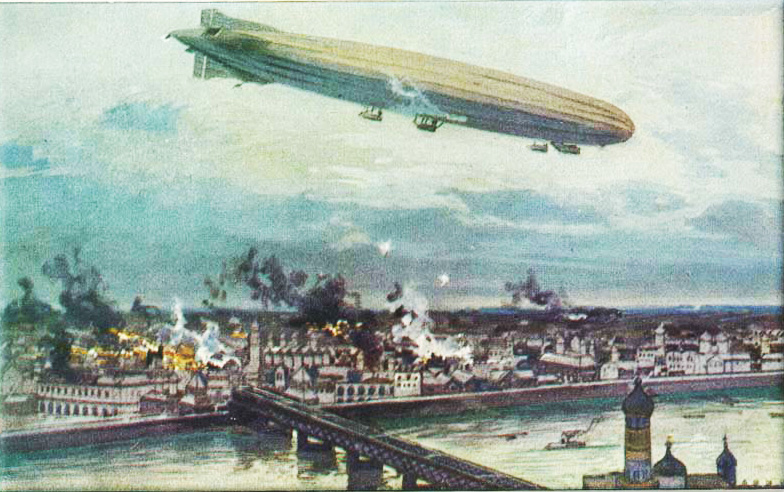
Pre World War I:
1915 - German zeppelins bomb the towns of Great Yarmouth and King's Lynn in the United Kingdom killing more than 20, in the first major aerial bombardment of a civilian target.
World War I:
1917 - Silvertown explosion; 73 are killed and 400 injured in an explosion in a munitions plant in London.
Post World War I:
1920 - The United States Senate votes against joining the League of Nations.
Wikipedia Photo: Trenches on the Western Front; a British Mark IV Tank crossing a trench; Royal Navy battleship HMS Irresistible sinking after striking a mine at the Battle of the Dardanelles; a Vickers machine gun crew with gas masks, and German Albatros D.III biplanes. National Archives and Records Administration.
Print: German WWI Zeppelin Bombing Warsaw Poland Postcard (technically a Schutte-Lanz airship)
January 19th, 1935
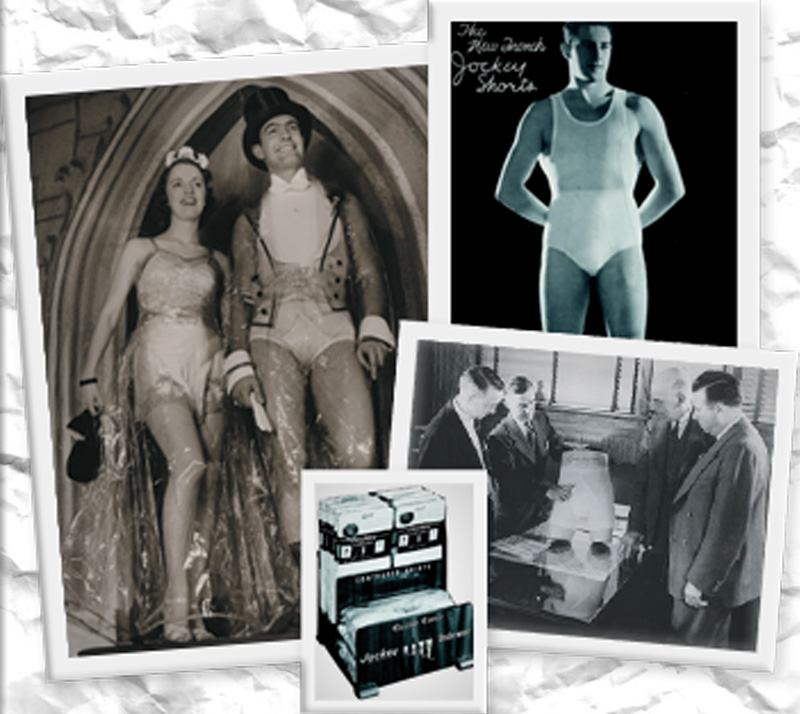
Coopers Inc. sells the world's first briefs.
Wikipedia Photo: In 1935, Cooper's began selling the Jockey® short on a larger scale. The day of its debut, Chicago's popular Marshall Field & Company sold out its stock of 600 packages by noon and sold 12,000 more in the following weeks. The Jockey® short became a national sensation, credit Jockey company history.
January 19th, 1937
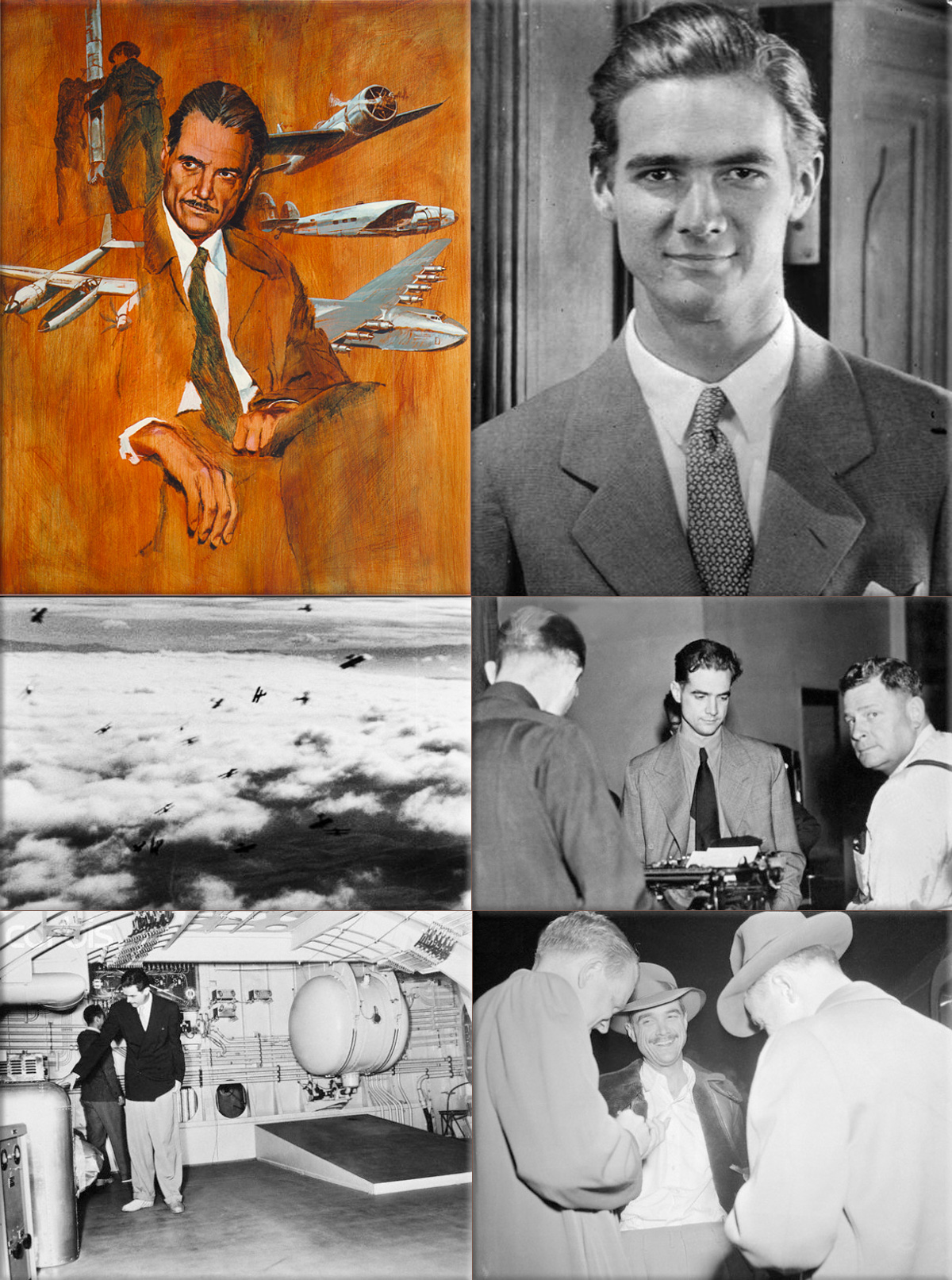
Howard Hughes sets a new air record by flying from Los Angeles, California to New York City in 7 hours, 28 minutes, 25 seconds.
Wikipedia Photo: Howard Hughes portrait; Howard Hughes (age 25) was still considered a minor in Texas by the time both of his parents had died; Legend holds that when all of the professional pilots refused to attempt a particular stunt for the 1930s film Hell’s Angels (a low altitude dive past a camera tower) Hughes stepped in and flew it himself; July 14, 1936 — Howard Hughes, wealthy sportsman and speed flyer, is shown here as he was booked on a suspicion of negligent homicide by Det. Lieut. Tom Sketchley (right), following a traffic accident in which Gabe S. Meyer, a pedestrian, was assertedly struck and killed by Hughes’ automobile (Hughes was released on his own recognizance); 1947, Long Beach, California, USA - Howard Hughes, designer and builder of the “Hercules”, world’s largest airplane; November 7, 1947, Washington, DC, USA — Smiling Howard Hughes chats with reporters as he arrived in Washington. credit The Selvedge Yard.
January 19th, 1942
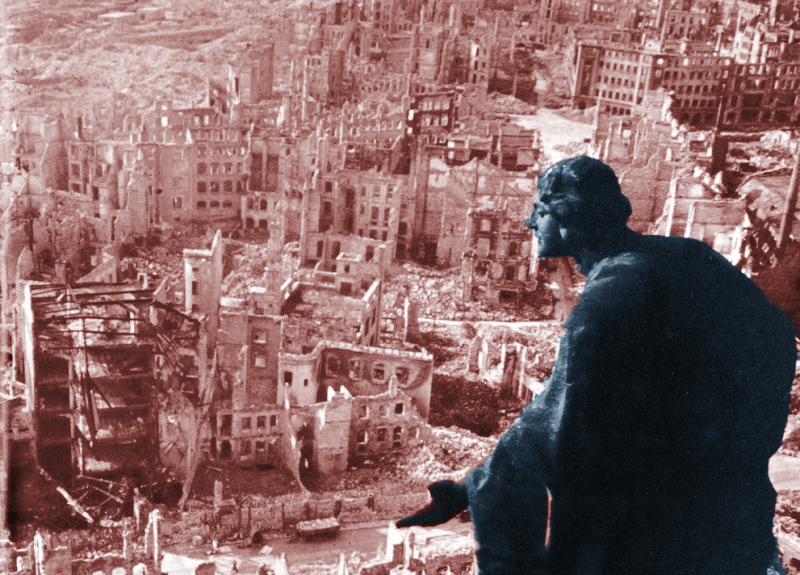

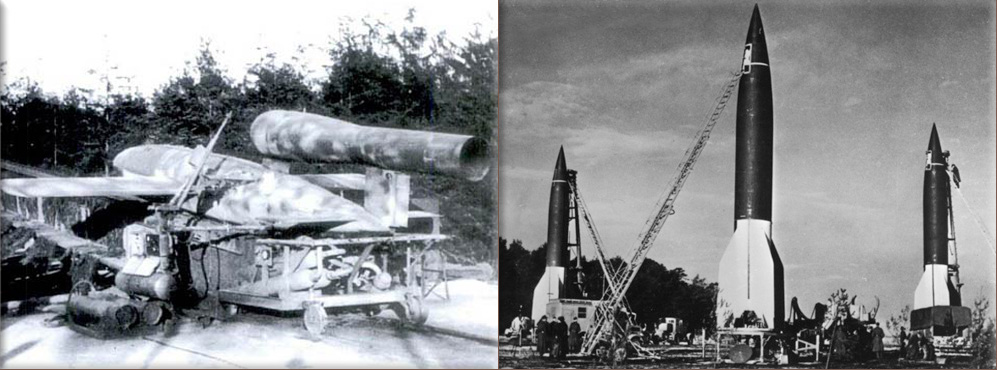
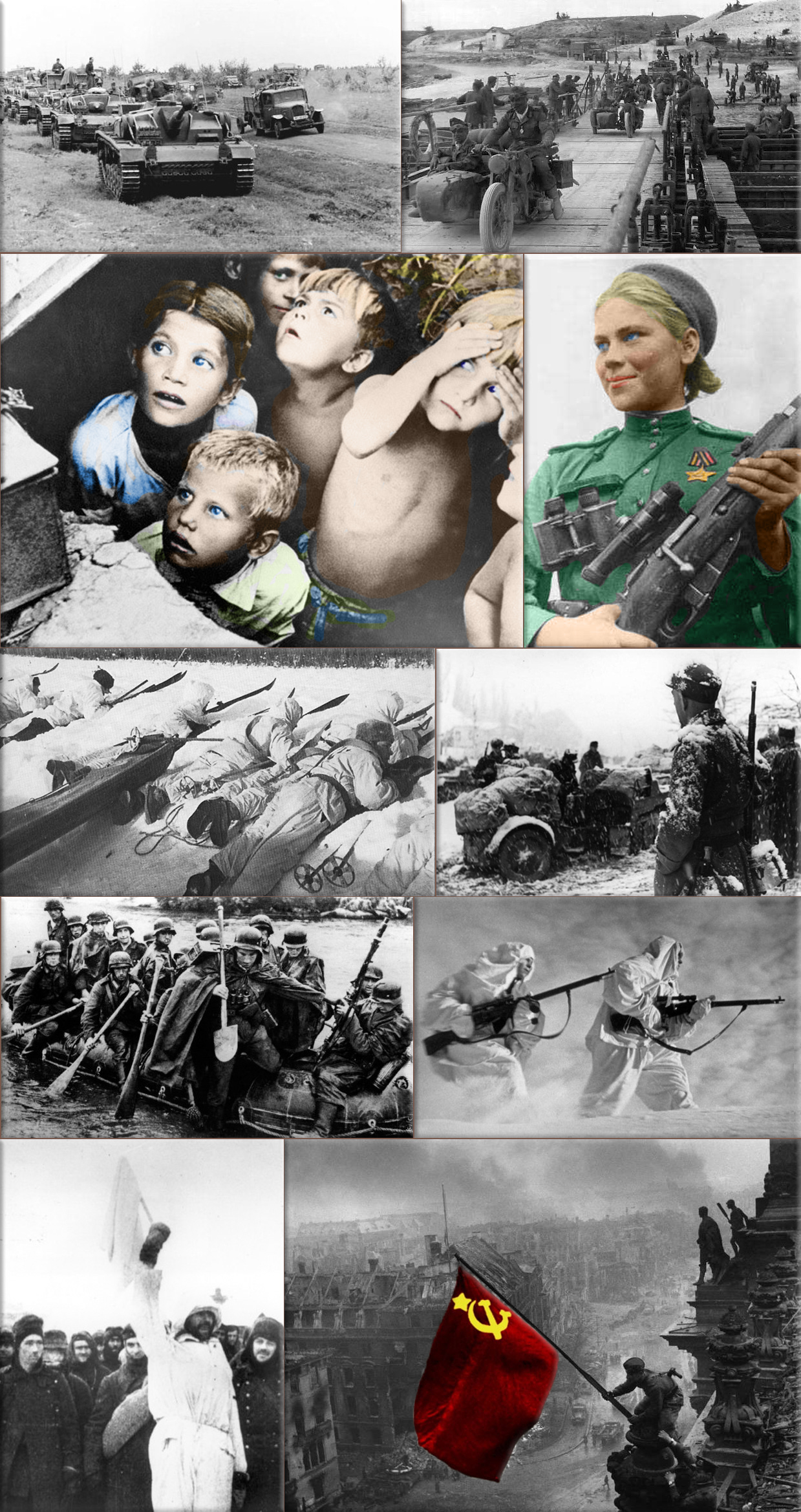
World War II:
1942 - Japanese forces invade Burma.
Post World War II:
1946 - General Douglas MacArthur establishes the International Military Tribunal for the Far East in Tokyo to try Japanese war criminals.
Wikipedia Photo: Bombing of Dresden in World War II; August Schreitmüller's sculpture 'Goodness' surveys Dresden after a firestorm started by Allied bombers in 1945.
USS Bunker Hill was hit by kamikazes piloted by Ensign Kiyoshi Ogawa and another airman on 11 May 1945. 389 personnel were killed or missing from a crew of 2,600; Ensign Kiyoshi Ogawa, who flew his aircraft into the USS Bunker Hill during a Kamikaze mission on 11 May 1945; Kamikaze Missions - Lt Yoshinori Yamaguchi's Yokosuka D4Y3 (Type 33 Suisei) "Judy" in a suicide dive against USS Essex. The dive brakes are extended and the non-self-sealing port wing tank is trailing fuel vapor and/or smoke 25 November 1944.
German V1 flying-bomb and V2 Rockets - Preparations for a Salvo Launch of V-2 Rockets in the Heidelager near Blizna (Poland) (1944), credit German History in Documents and Images GHDI.
Eastern Front (World War II); Germans race towards Stalingrad. August 1942; Soviet children during a German air raid in the first days of the war, June 1941, by RIA Novosti archive; Soviet sniper Roza Shanina in 1944. About 400,000 Soviet women served in front-line duty units Caucasus Mountains, winter 1942/43; Finnish ski patrol: the invisible enemy of the Soviet Army with an unlimited supply of skis; Men of the German Engineers Corps cross a river which is swollen after the first autumn rains, to strengthen bridges linking the German positions on the central front in Russia. by Keystone / Getty Images. October 1942; Russian snipers fighting on the Leningrad front during a blizzard. Photo by Hulton Archive / Getty Images, 1943; German soldiers surrendering to the Russians in Stalingrad, the soldier holding the white flag of surrender is dressed in white so that there could be no doubt of his intentions, a Russian soldier is on the right of the photograph. by Keystone / Getty Images, January 1943.
January 19th, 1945
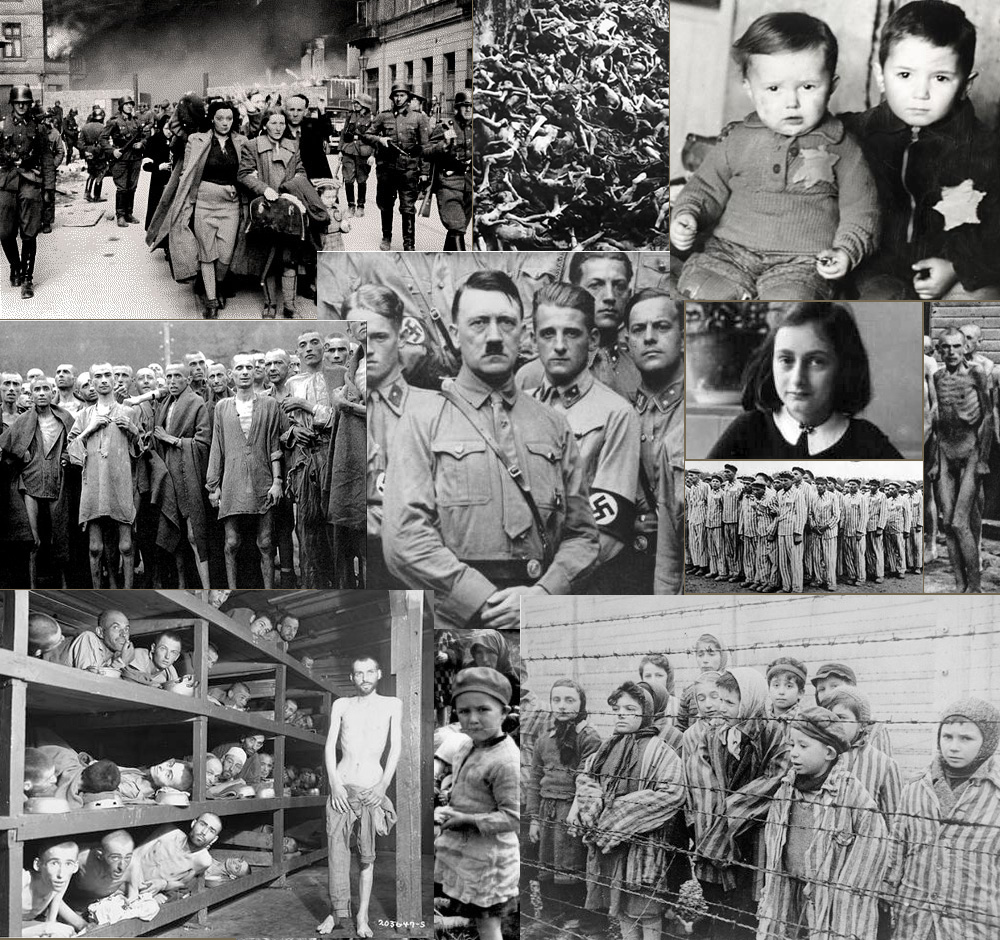
World War II: Holocaust;
1945 - Liberation of the Łódź Ghetto by the Red Army. Out more than 200,000 inhabitants in 1940, less than 900 had survived the Nazi occupation.
Wikipedia Photo: World War II, The Holocaust. Sources: United States Holocaust Memorial Museum USHMM, History 1900s, Internet Masters of Education Technology IMET, Techno Friends, Veterans Today, Concern.
January 19th, 1953

Lucy Goes to the Hospital: 71.7% of all television sets in the United States are tuned in to I Love Lucy to watch Lucy give birth.
Wikipedia Photo: I Lovw Lucy Montage.
January 19th, 1977
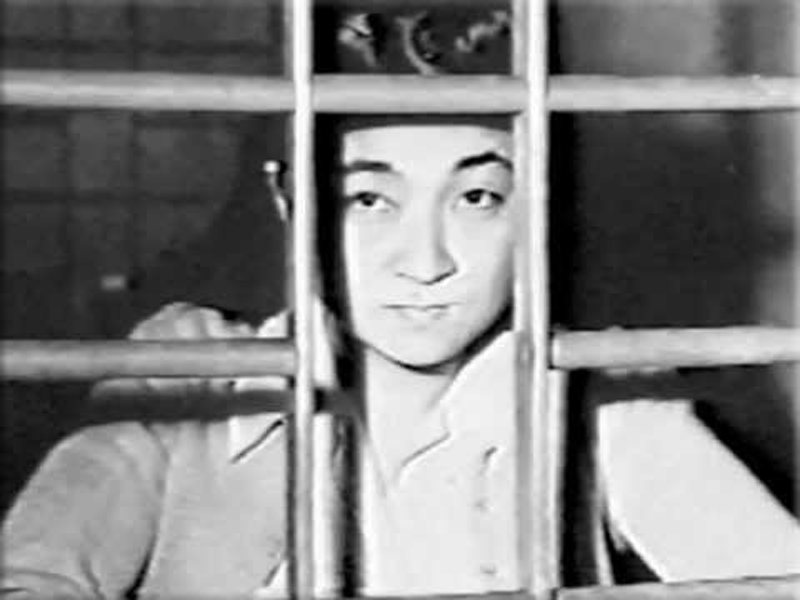
United States President Gerald Ford pardons Iva Toguri D'Aquino a Japanese American wartime radio propagandist "Tokyo Rose".
Wikipedia Photo: Iva Toguri D'Aquino, suspected of being wartime radio propagandist Tokyo Rose
January 19th, 1981

Islamic revolution of Iran, Iran hostage crisis:
1981 - United States and Iranian officials sign an agreement to release 52 American hostages after 14 months of captivity.
Wikipedia Photo: The Iran hostage crisis was a diplomatic crisis between Iran and the United States where 52 Americans were held hostage for 444 days from November 4, 1979, to January 20, 1981, after a group of Islamist students and militants took over the American Embassy in Tehran in support of the Iranian Revolution. President Carter called the hostages "victims of terrorism and anarchy", adding that the "United States will not yield to blackmail". The hostages were formally released into United States custody the following day, just minutes after the new American president Ronald Reagan was sworn into office.
January 19th, 1983

Nazi war criminal Klaus Barbie (The Butcher of Lyon) is arrested in Bolivia.
Wikipedia Photo: Klaus Barbie (The Butcher of Lyon) as an SS officer; Klaus Barbie (October 25, 1913 - September 25, 1991).
January 19th, 1983
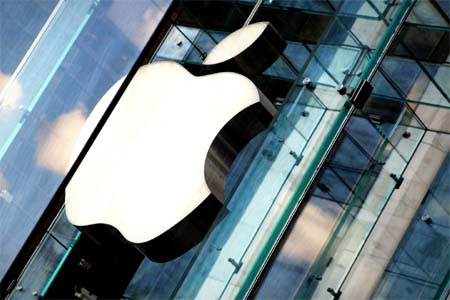
Apple Lisa, the first commercial personal computer from Apple Inc. to have a graphical user interface and a computer mouse, is announced.
Wikipedia Photo: Apple Computer is incorporated.
January 19th, 1986

The first IBM PC computer virus is released into the wild. A boot sector virus dubbed (c)Brain, it was created by the Farooq Alvi Brothers in Lahore, Pakistan, reportedly to deter piracy of the software they had written.
Wikipedia Image: Computer virus
January 19th, 1991
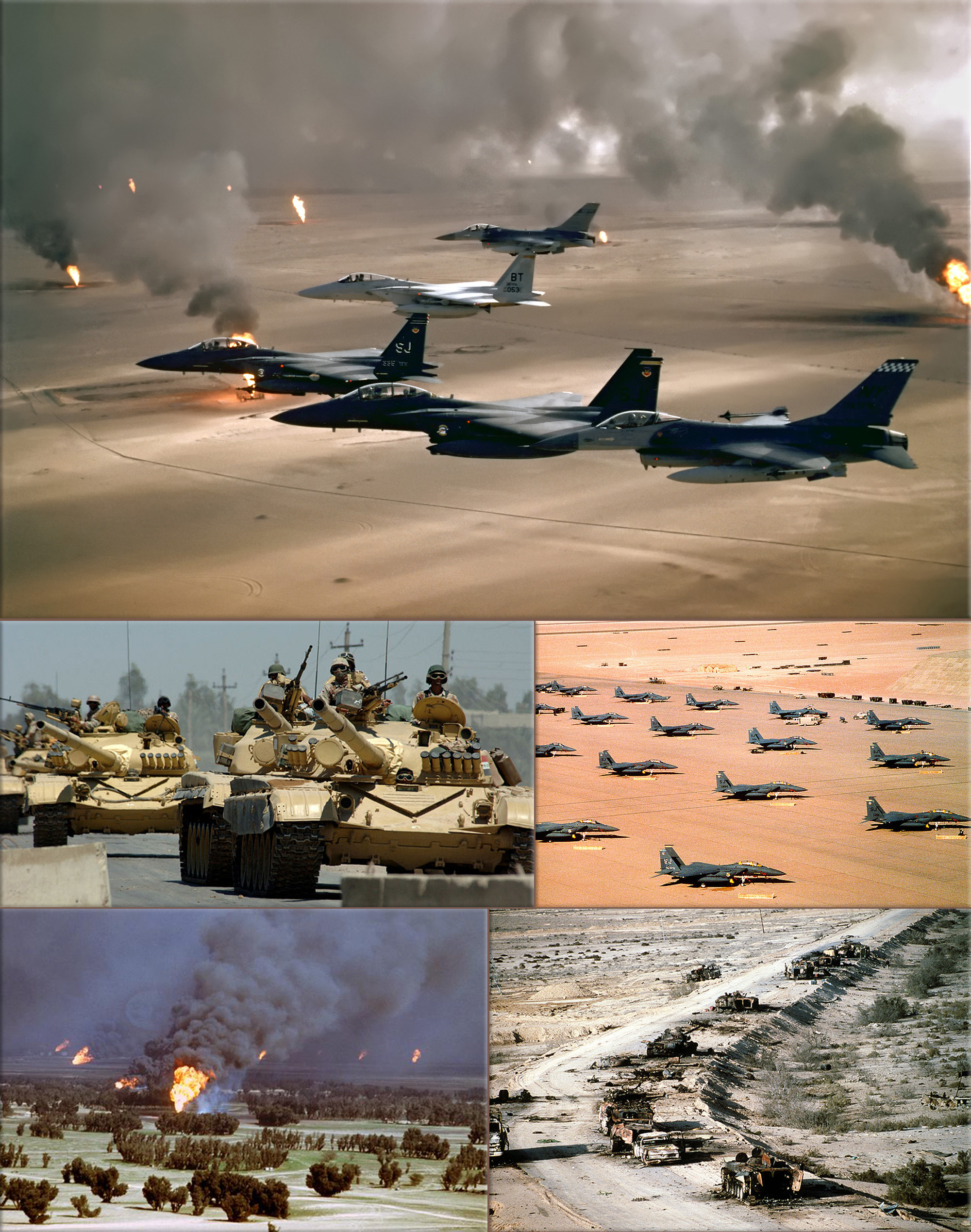
Gulf War - Iraq War:
1991 - Operation Desert Storm; Iraq fires Scud missiles into Israel, causing 15 injuries.
Wikipedia Photo: USAF F-15Es, F-16s, and a USAF F-15 flying over burning Kuwaiti oil wells; Iraqi Army T-72 main battle tanks. The T-72 tank was a common Iraqi battle tank used in the Gulf War; F-15Es parked during Operation Desert Shield; The oil fires caused were a result of the scorched earth policy of Iraqi military forces retreating from Kuwait; Aerial view of destroyed Iraqi T-72 tank, BMP-1 and Type 63 armored personnel carriers and trucks on Highway 8 in March 1991.
January 19th, 1997
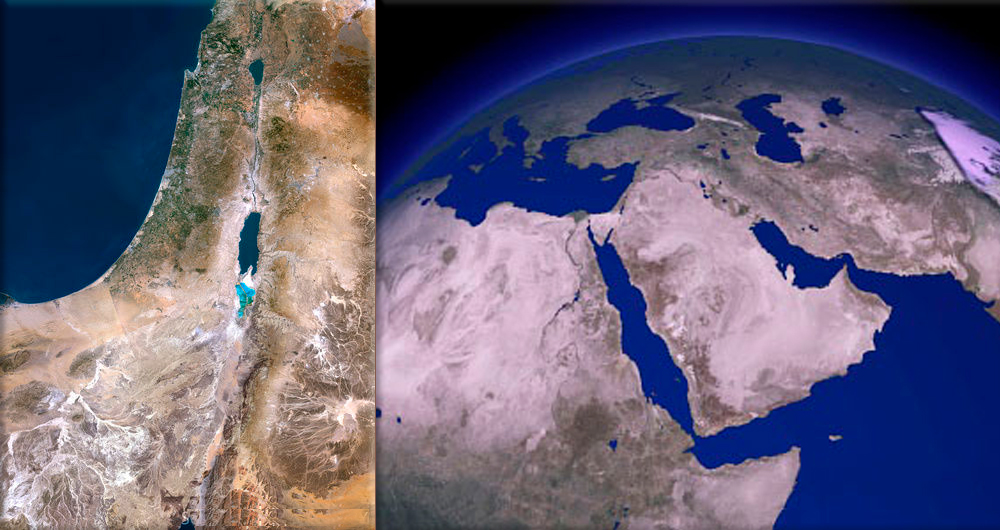
Israeli-Palestinian conflict: Yasser Arafat returns to Hebron after more than 30 years and joins celebrations over the handover of the last Israeli-controlled West Bank city.
Wikipedia Photo: Israel, Middle East satellite image.
January 19th, 2006
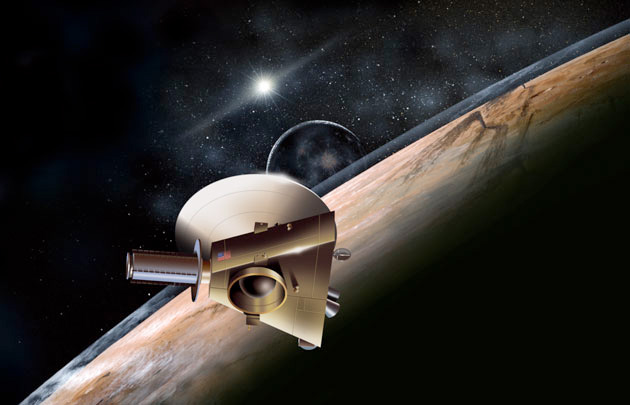
New Horizons probe is launched by NASA on the first mission to Pluto.
Wikipedia Image: New Horizons is a NASA robotic spacecraft mission to the dwarf planet Pluto
January 19th, 2012

The Hong Kong-based file-sharing website Megaupload is shut down by the FBI.
Wikipedia Image: New Horizons is a NASA robotic spacecraft mission to the dwarf planet Pluto
January 19th, 2014
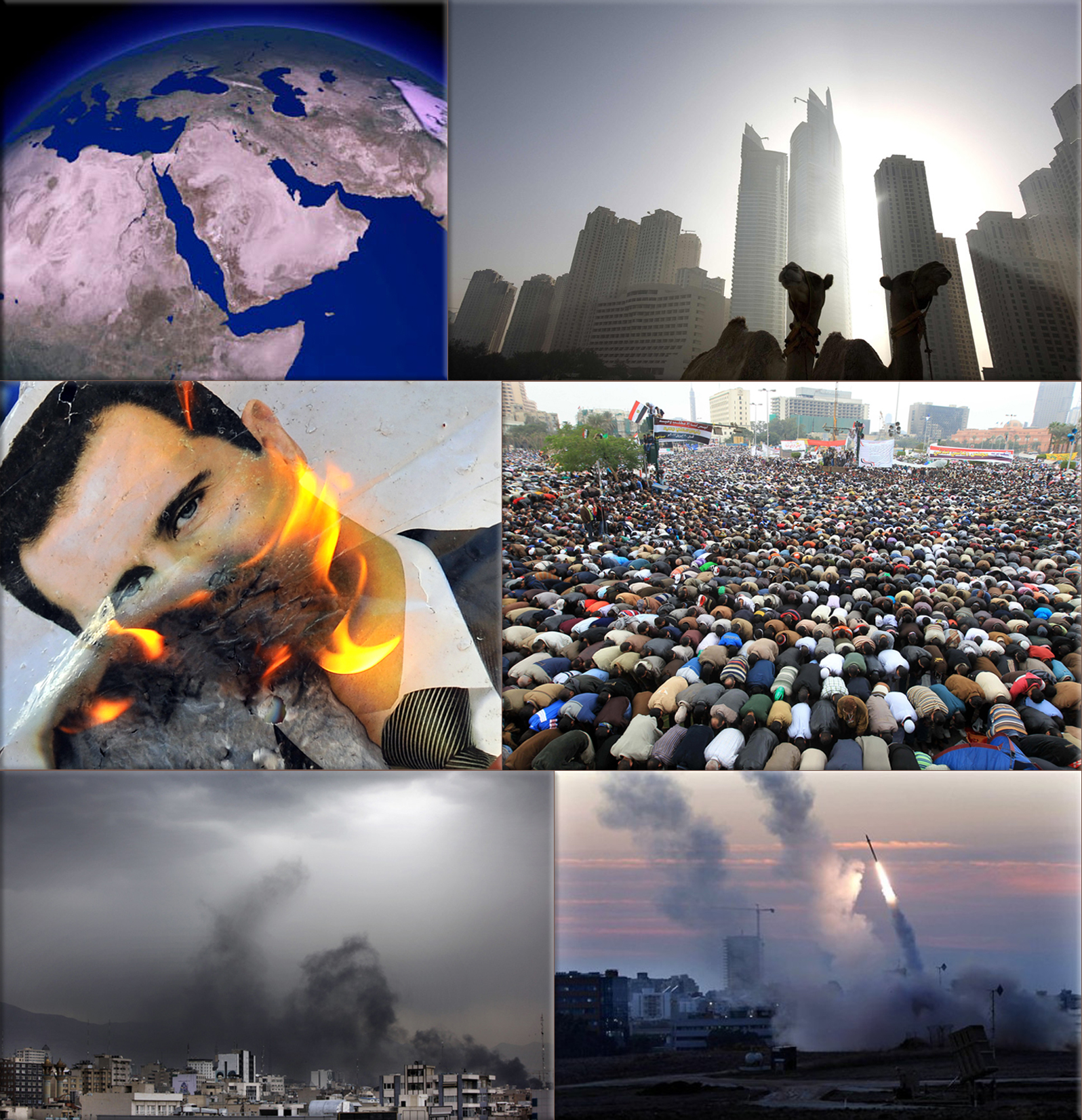
Modern conflicts in the Middle East, social unrest and terrorist attacks:
2014 - Bannu bombing; A bomb attack on an army convoy in the city of Bannu kills at least 26 soldiers and injures 38 others.
Wikipedia Photo: Middle East satellite image, NASA. ● Camels are seen early morning on a beach in the Marina area of Dubai October 16, 2008. (Steve Crisp, Reuters) ● A portrait of Syrian President Bashar al-Assad burns during clashes between rebels and Syrian troops in Selehattin, near Aleppo, on July 23, 2012. (Bulent Kilic, AFP / GettyImages) ● Egyptians gather in their thousands in Tahrir Square to mark the one year anniversary of the revolution on Jan. 25, 2012 in Cairo Egypt. Tens of thousands have gathered in the square on the first anniversary of the Arab uprising which toppled President Hosni Mubarak. (Jeff J Mitchell, Getty Images) ● Black smoke rises above the Tehran skyline as supporters of Mir Hossein Mousavi burn tires and other material in the streets as they fight running battles with police to protest the declared results of the Iranian presidential election in Tehran, Iran, Saturday, June 13, 2009. (Ben Curtis, AP) ● The Iron Dome defense system fires to interecpt incoming missiles from Gaza in the port town of Ashdod, Thursday, Nov. 15, 2012. (Tsafrir Abayov, AP)
